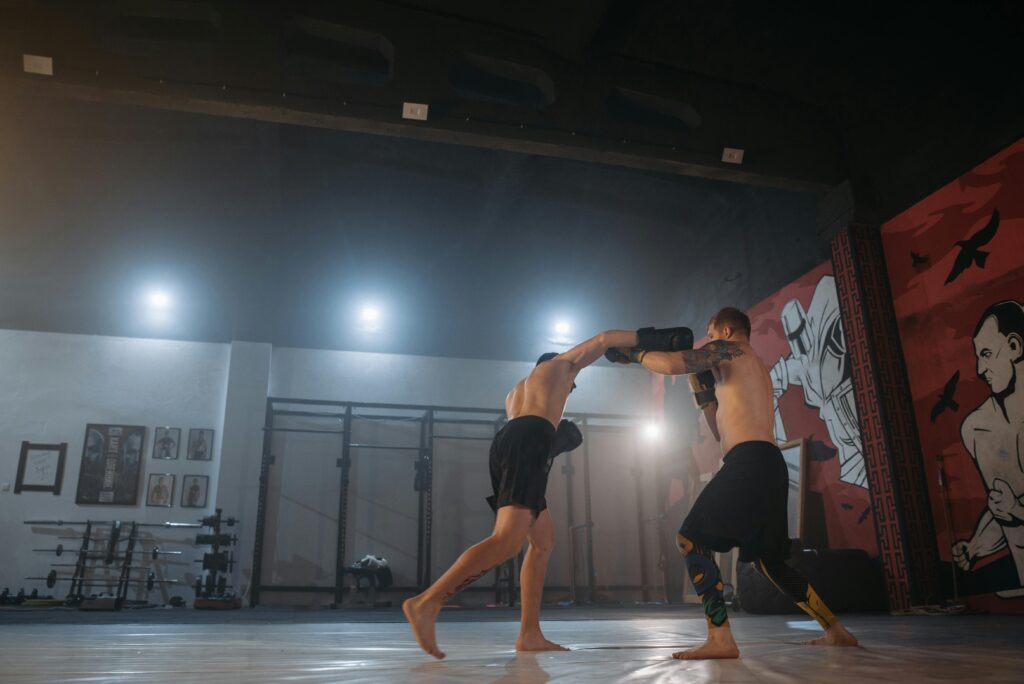MMA training is among the most intense and physically demanding pursuits, pushing athletes to their limits physically, emotionally, and mentally. It needs steadfast discipline, resilience, and a warrior’s mindset both inside and outside the cage.
MMA fighters like you may do it as a training for fitness, competition, or self-defense, but it is not just a basic sport that requires you to be in good shape and top form. It is crucial as well to protect your body and take the right precautions.
Even with a higher MMA skill level, one wrong move or bad habit can set you back for weeks or even months. This is why beginners, or even seasoned fighters, must comprehend how to avoid injury during MMA training to keep peak performance, secure long-term progression, and preserve through their overall health.
What Does MMA Training involve?
MMA integrates techniques from various martial arts comprehensive skill set like boxing, Muay Thai, Brazilian Jiu-Jitsu, wrestling, and the like, that demand an athlete’s strength, flexibility, and endurance.
MMA training usually includes striking, grappling, sparring, conditioning, and strength work. With this wide range of movements and physical demands, it is no surprise that MMA holds a high risk of injury when not carefully executed.

When not done right, this could lead to severe health issues like concussions, cuts, fractures, and sprains, or even knee or shoulder injuries.
How to Stay Safe During MMA Training?
To ensure the longevity of your MMA journey, it is important to apply these effective prevention strategies to help you stay safe during training:
Proper Warm-Up or Stretching
To increase your heart rate and blood flow, loosen up your joints, and activate your key muscle groups for high-intensity movements, prioritize doing a good warm-up and stretching.
This includes light cardio, dynamic stretches, and MMA-specific drills to equip your body before doing extreme sessions.
Focus on Conditioning and Building Strength
This goes beyond just preparing your body. It holds the foundation for durability and injury resistance in MMA. Therefore, developing overall strength, particularly in the core and stabilizing muscles, allows you to sustain control during intense movements.
More so, proper conditioning delays fatigue when form breaks down and injuries are most likely to happen.
Learn Proper Technique
Do not try to go full-force without learning the basics or seeking training sessions from MMA coaches to avoid a fast track to injury.
Focus on mastering proper form, maintaining good posture and balance, and taking time to refine your skills and correct errors to enhance the efficacy and safety of the MMA training.
Use the Right MMA Safety Gear and Equipment
Wearing the suitable gear, like a mouthguard, hand wraps, groin protection, shin guards, or headgear, and using comfortable and flexible clothing can significantly reduce harm during training. Also, these safety gears and equipment can boost your overall confidence and performance, knowing you’re secure and well-protected during matches.
Choose the Right Training Partner
Try to train with people who know how to control their power and who prioritize safety, not ego. A training companion who goes too tough or refuses to tap out can immediately cause injuries to themselves or even to their MMA partner.
Follow Your Coach’s Guidance
Doing the training yourself can either make or break you. It is more essential to have professional guidance to keep you well-performing, and most importantly, safe from injuries.
A good coach can spot bad habits, rework your form, and help you avoid pushing beyond your limits too soon.
Listen to Your Body
MMA training while injured keeps things worse. Therefore, don’t push through when something in your body hurts sharply or unusually.
Take a break, use ice if needed, do immediate first aid, or see a doctor or physical therapist to prevent injuries from getting serious.
Stay Consistent with Recovery
Being safe during MMA training is also about how well you heal after a match. Without proper actions and recovery, your body stays worn down, increasing the risk of injury, soreness, and burnout after training.
Adding regular stretching, staying hydrated, and getting rest days keeps your muscles relaxed yet flexible, which reduces tension, strains, and overuse injuries once you set foot again on training.
Final Thoughts
MMA training is fierce, but danger, risks, and injuries could be deterred when you train with awareness and discipline.
Hence, taking a smart approach helps you enjoy the sport well while keeping body injuries to a minimum. No matter your status in MMA training, safety should always be at the top of your list.
Are you curious about learning real-world self-defense skills while creating lasting physical and mental strength? Titans—Sports and Functional Gym, a trusted MMA gym in Imus and Bacoor, Cavite, has expert coaches to provide top-tier training across multiple combat martial arts.
With a strong focus on movement and progression, it’s the ideal environment to grow as a martial artist.
Elevate your MMA performance with Titan’s dynamic combat sports program and start your journey today. Check our official website at https://titansgymcavite.com/ and register now!
Read more: Which Martial Art Should You Learn for Self-Defense in the Philippines
Sources:
- https://made4fighters.com/blogs/training-tips/mma-safety-for-beginners
- https://fightcitygym.co.uk/blog/prevent-mma-injuries/
- https://blogs.rdxsports.com/mma-injuries-prevention-recovery-guide/
- https://x3sports.com/blog/tips-for-preventing-exercise-injuries/
- https://orthoinfo.aaos.org/en/staying-healthy/martial-arts-injury-prevention/
- https://www.drmaheshbagwe.com/blog/how-to-avoid-lower-extremity-injuries-in-mma-tips-for-athletes/?bp=41139
- https://www.rockstaracademy.com/blog/what-is-mixed-martial-arts-definition-history-rules-and-more#:~:text=risk%20of%20injuries.-,2.,strategies%20for%20real%2Dlife%20situations.
- https://us.myprotein.com/thezone/training/how-to-train-like-an-mma-fighter/
